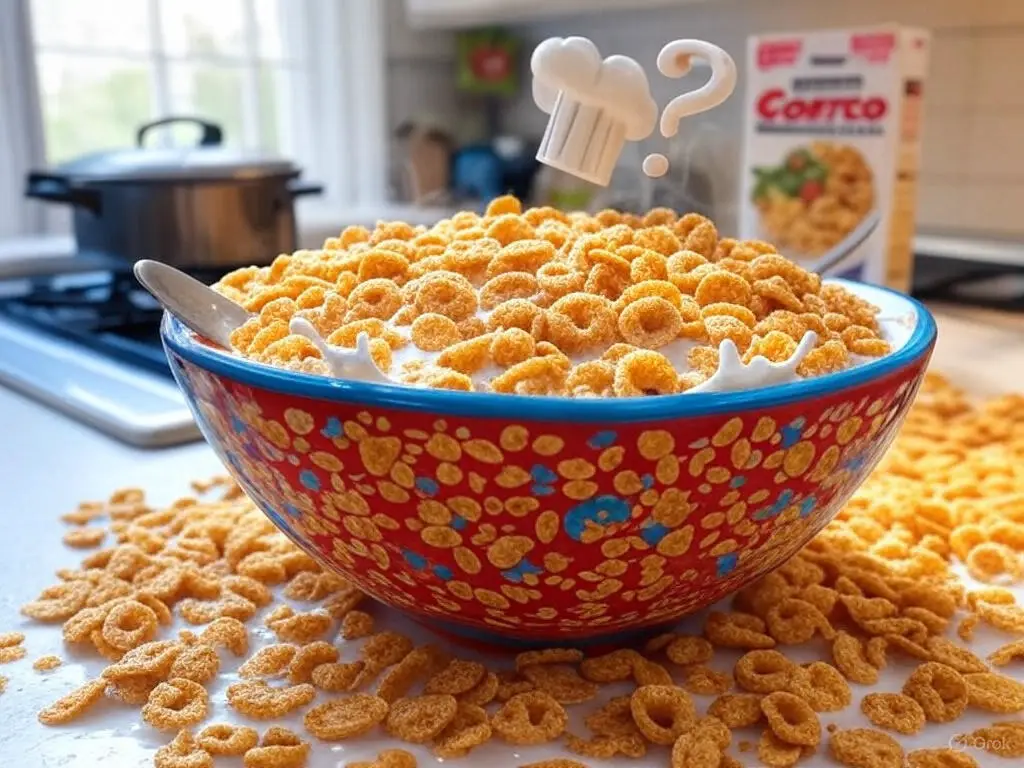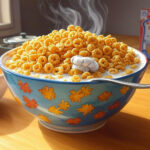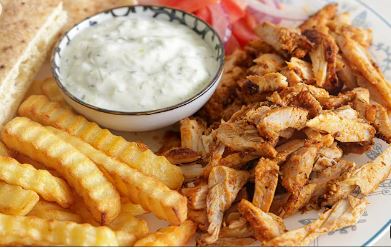Is Cereal a Soup? If you’ve ever sat down with a bowl of cereal, milk swirling around those crunchy flakes, and wondered, “Is this technically a soup?”—you’re not alone.
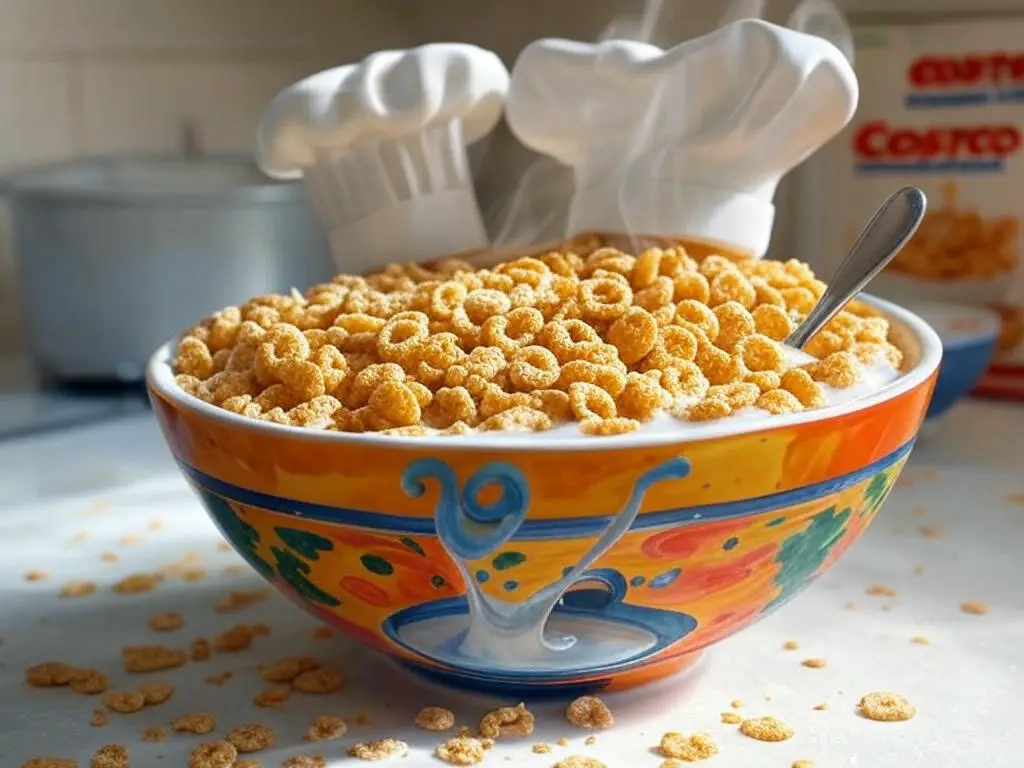
This question has sparked debates in kitchens, classrooms, and even online forums, pitting cereal lovers against culinary purists. Is cereal a soup, or is it its own unique breakfast beast?
Let’s dive into this delicious dilemma, explore the definitions, hear from experts, and decide for ourselves. Grab a spoon (and maybe a bowl of your favorite cereal), because we’re about to stir things up!
The Great Cereal vs. Soup Debate: Where It All Began
The idea that cereal might be a soup likely started as a playful thought experiment. Picture this: You pour milk over your Corn Flakes, add some fruit, and suddenly it looks a lot like a bowl of broth with floating ingredients.
Social media platforms like Reddit and Twitter have fueled the fire, with threads and hashtags like #IsCerealASoup trending among food enthusiasts.
Some argue it’s a soup because it’s a liquid base with solid components, while others insist it’s a distinct category—breakfast cereal.
This debate isn’t just silly fun; it touches on how we define food. For SEO purposes, let’s clarify: searches for “is cereal a soup” have spiked, showing a growing curiosity.
Whether you’re here for the humor or the culinary insight, we’ll break it down step by step.
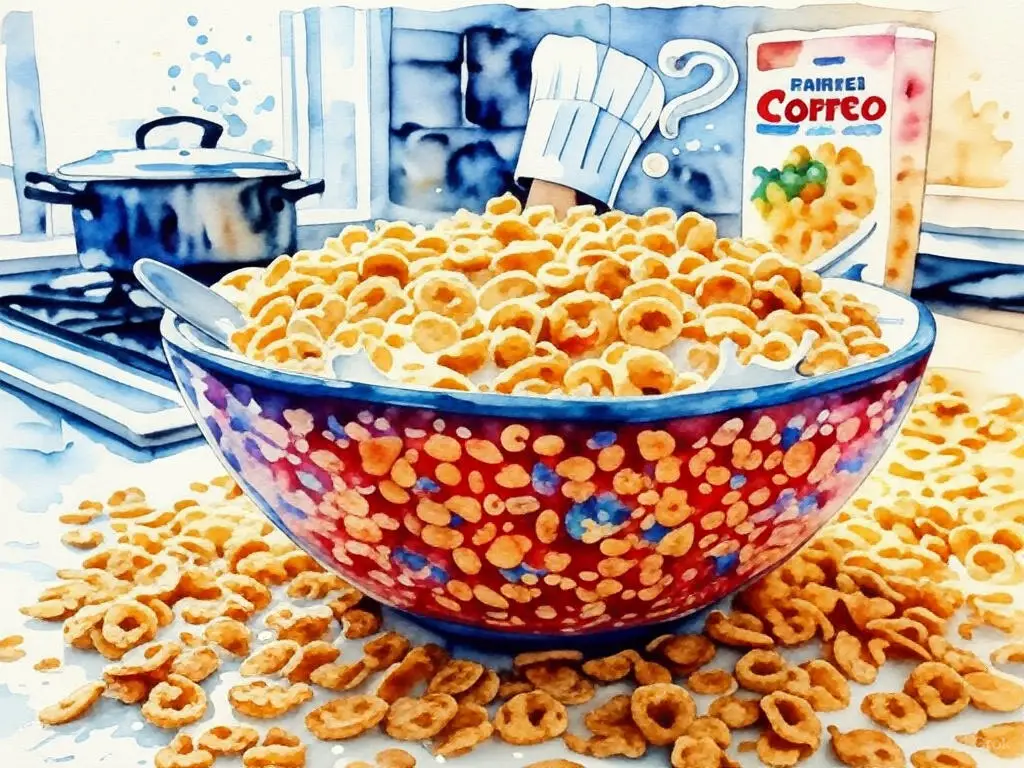
Defining Soup: The Culinary Foundation
To answer whether cereal is a soup, we first need to define what soup is. According to the Merriam-Webster dictionary, soup is “a liquid food especially with a meat, fish, or vegetable stock as a base and often containing pieces of solid food.”
The Oxford English Dictionary adds that it’s typically served warm and cooked. Think chicken noodle, tomato bisque, or minestrone—dishes that simmer on the stove and come with a spoon.
Cereal, on the other hand, is marketed as a breakfast food, often eaten cold with milk. Brands like Kellogg’s and General Mills promote it as a quick, convenient start to the day.
But here’s the twist: the milk-cereal combo does involve a liquid (milk) and solids (the cereal), which mirrors soup’s structure. Could the temperature and preparation method be the dealbreaker? Let’s explore further.
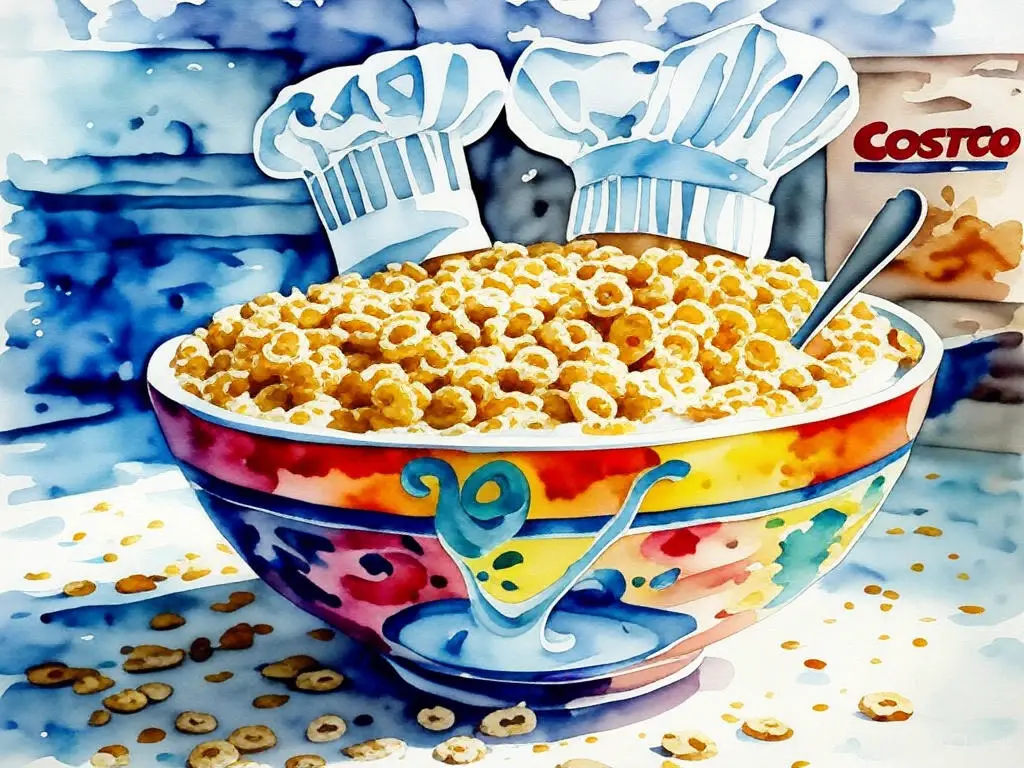
Cereal’s Case: Why It Might Be a Soup
Let’s build the argument for cereal as a soup. At its core, cereal with milk fits some soup-like criteria:
- Liquid Base: Milk acts as the broth, soaking the cereal and creating a unified dish.
- Solid Ingredients: Flakes, puffs, or loops float in the milk, much like vegetables or noodles in soup.
- Served in a Bowl: Both cereal and soup are typically eaten from a bowl with a spoon.
Take a bowl of oatmeal with milk—some might call it a hot cereal soup. Cold cereal with milk follows a similar logic. Food bloggers and YouTubers have even experimented with this idea, blending cereal with warm milk to mimic a soup-like consistency.
If we stretch the definition, cereal could slide into the soup family, especially if we consider cultural variations like congee (a rice porridge in Asian cuisine) or gazpacho (a cold tomato soup).
SEO tip: Keywords like “cereal soup debate,” “is cereal a soup definition,” and “cereal with milk” are great to include naturally, as they align with what people search for when exploring this topic.
The Counterargument: Why Cereal Isn’t a Soup
Now, let’s hear the other side. Culinary experts and traditionalists argue that cereal doesn’t qualify as soup for several reasons:
- Temperature: Soup is typically served hot (or at least room temperature), while cereal is usually cold. A warm bowl of cereal might change the game, but that’s not the norm.
- Preparation: Soups involve cooking, often with stock or broth, while cereal is a ready-to-eat product mixed with milk at the table. The lack of cooking sets it apart.
- Cultural Context: Cereal is branded as a breakfast food, a category distinct from lunch or dinner soups. The food industry reinforces this with cereal aisles and marketing campaigns.
Chefs like Gordon Ramsay might scoff at the idea, insisting soup requires a recipe and effort, not a pour-and-eat approach.
Plus, the texture of soggy cereal after a few minutes doesn’t quite match the hearty consistency of a good chowder. For those who love their Cheerios crisp, the soup label might feel like an insult!
What Do Experts Say? A Look at Food Science
To settle this, let’s turn to food science and linguistics. Dr. Kantha Shelke, a food scientist and spokesperson for the Institute of Food Technologists, has weighed in on similar debates.
She suggests that classification depends on intent and tradition. Cereal is designed as a standalone breakfast item, not a soup derivative. However, she admits the milk-cereal mix shares structural similarities with liquid-based dishes.
Linguistically, the word “soup” comes from the French “soupe,” meaning bread soaked in broth. Cereal with milk could loosely fit this historical lens, but modern usage narrows soup to cooked dishes.
A 2021 study from the Journal of Culinary Science & Technology explored food categorization, noting that consumer perception often trumps strict definitions. If most people don’t call cereal a soup, does that make it so? It’s a head-scratcher!
Cultural Perspectives: Cereal Around the World
Let’s take a global view. In the U.S., cereal is a breakfast staple, with brands like Frosted Flakes and Lucky Charms dominating the market. But other cultures offer clues.
In Japan, miso soup is a breakfast dish with tofu and seaweed—liquid with solids, served warm. In Mexico, chilaquiles involve tortilla chips in a sauce, eaten with a spoon.
These examples blur the lines, suggesting cereal’s soup status might depend on cultural norms.
In the UK, porridge (oats with milk or water) is a breakfast classic, sometimes called a “hot cereal soup” in jest. If we accept porridge as a soup cousin, cold cereal with milk could follow suit. This global lens shows food categories are flexible, shaped by habit more than rules.
The Soggy Factor: Texture’s Role in the Debate
One of the biggest arguments against cereal being a soup is the soggy factor. Freshly poured cereal is crisp and distinct, but within minutes, it softens in milk. Soup ingredients, like carrots or pasta, maintain their integrity longer due to cooking.
The rapid breakdown of cereal might disqualify it from soup status for texture purists.
Yet, some soups—like French onion with its melted cheese or Italian wedding with its delicate meatballs—also change texture over time.
Maybe soggy cereal isn’t a dealbreaker but a feature. For SEO, phrases like “soggy cereal soup” or “cereal texture debate” can attract readers curious about this aspect.
Health Angle: Nutritional Comparisons
Let’s pivot to nutrition. Cereal with milk often provides vitamins, minerals, and fiber (especially whole-grain options), plus calcium from the milk.
Soup can offer similar benefits—vegetable soup with broth or lentil soup with protein. Both can be healthy or indulgent, depending on ingredients (think sugary cereals vs. creamy chowders).
The American Heart Association recommends whole-grain cereals for heart health, while soups with low sodium are praised for the same.
If cereal is a soup, it’s a lightweight contender—less calorie-dense but quicker to prepare. This nutritional overlap might support the soup argument, appealing to health-conscious readers searching “healthy cereal soup recipes.”
Fun Experiments: Testing the Theory at Home
Why not test this yourself? Try these experiments:
- Warm Cereal Soup: Heat milk and pour it over cereal. Does it feel more like soup? Add spices like cinnamon for flair.
- Cold Soup Twist: Blend cereal with cold milk and fruit, mimicking a smoothie or gazpacho. Is it soup-adjacent?
- Soup Swap: Serve cereal with broth instead of milk. Weird? Maybe—but it tests the liquid-solid dynamic.
Share your results on social media with #CerealSoupChallenge. It’s a fun way to engage, and user-generated content boosts SEO through backlinks and shares.
Pop Culture and Cereal: A Breakfast Icon
Cereal’s identity is tied to pop culture—think Tony the Tiger or the Snap, Crackle, Pop trio. Soups don’t have this breakfast celebrity status.
Movies and TV often show cereal as a rushed morning meal, not a leisurely soup course. This cultural branding might be the strongest argument against the soup label.
Yet, some argue cereal’s versatility (eaten dry, with yogurt, or as a snack) mirrors soup’s adaptability. The debate thrives on these contrasts, making it a hot topic for food blogs and podcasts.
The Verdict: Is Cereal a Soup?
After weighing the evidence, here’s my take: Cereal isn’t a soup in the traditional sense. The lack of cooking, cold serving style, and breakfast-specific branding set it apart.
However, it shares enough traits—liquid base, solid mix-ins, bowl-and-spoon delivery—to be a playful cousin. Call it a “breakfast soup” if you must, but purists will likely disagree.
The beauty of this debate is its subjectivity. If you enjoy calling your bowl of Captain Crunch a soup, go for it! Food is personal, and language evolves.
For SEO, this open-ended conclusion invites comments and shares, boosting engagement.
Practical Tips: Enjoying Cereal (Soup or Not)
Whether you see cereal as soup or not, here’s how to enjoy it:
- Storage: Keep cereal airtight to avoid staleness, and store milk cold.
- Pairings: Add nuts or berries for texture, blurring the soup line further.
- Variety: Try international cereals or homemade granola for a new twist.



